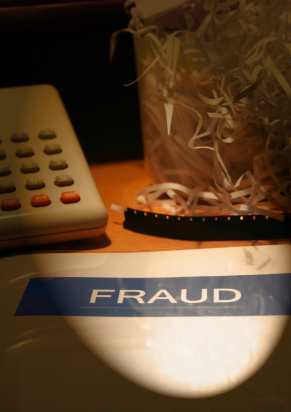Finding Covered Perils in the Fine Print
Covered perils (not covered pearls) are what you hope your car accident falls under when you file a claim.
Covered Perils. Sounds a little like a band name or even a type of jewelry.
If you don’t work in the insurance field, you most likely would be guessing things just like that if you were ever asked what the words “covered perils” meant. Covered perils are actually a much more serious topic than any band name or jewelry. If you are filing a claim with your insurance company it is something that you are hoping that your claim will be qualified as.
What Are Insurance Perils?
To understand the word “covered perils”, it is first important to understand what the word “perils” mean. Per the Merriam-Webster dictionary the definition of perils are “1. Serious and immediate danger” and “2. The dangers or difficulties that arise from a particular situation or activity”.
Your insurance policy is not going to be much help if you are in “serious and immediate danger” so definition number two is what applies in this case.
Perils in the world of insurance are situations or activities that cause difficulties in your life. For example, having your vehicle hit by another car, your car catching on fire or you running into a telephone pole are all perils. All of these situations are going to make your life difficult.
What is A Covered Peril
Now that we know what a peril is, let’s talk about a covered peril. Covered perils are the situations that are going to cause difficulty in your life that are covered by your insurance policy.
These covered perils are listed in the large legal documentation that you first received with your insurance policy. The legal documentation is different from company to company, but the general list of what situations your insurance will cover varies little between companies.
Insurance companies don’t send the legal documentation out at each renewal like they do with the declarations page. This is why it is important to keep the document when you first get it.
If you no longer have the legal documentation, contact your insurance company or your agent to get a copy.
What is Not a Covered Peril
Perils that are not covered by your insurance are the situations where the insurance company will deny your claim if your damages were caused by certain situations. Usually these situations are illegal acts or situations that happen frequently in your area. The insurance company can decide not to offer coverage for certain situations to protect themselves financially.
A situation such as intentional damage done to your vehicle for financial gain is not a covered peril. Also a situation where you have intentionally damaged another person’s property with your vehicle is also not a covered peril.
A full list of perils that are not covered can be found in the legal documentation for your insurance policy. Having this list around in the case of a claim is very important to protect yourself if the claims adjuster denies your claim for not being a covered peril.





